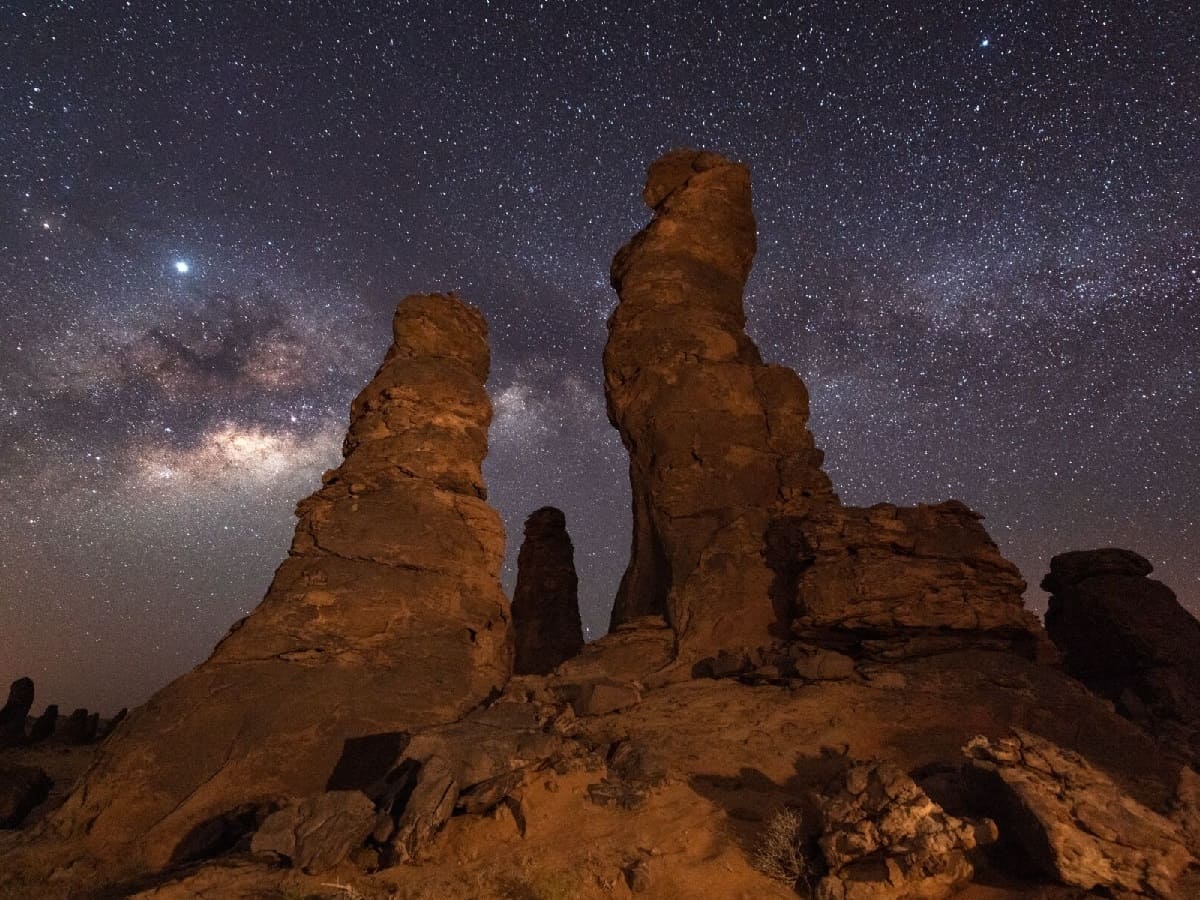Mystery Of The Silent Stargazing Stones

Have you ever wondered about the mystery behind the silent stargazing stones? These ancient rocks, scattered across various landscapes, have fascinated travelers and historians alike. Some believe they were used by early civilizations to track celestial events, while others think they served as spiritual monuments. Imagine standing among these stones, feeling the weight of history and the whispers of ancient stories. Whether you’re an avid history buff or just someone who loves a good mystery, these stones offer a unique glimpse into the past. Ready to uncover the secrets of the silent stargazing stones? Let’s dive into their intriguing world.
What Are the Silent Stargazing Stones?
Imagine standing in a field, surrounded by ancient stones that seem to whisper secrets of the cosmos. These Silent Stargazing Stones are mysterious rock formations scattered around the world, believed to have been used by ancient civilizations to observe the stars. Let's explore some of the most intriguing sites where these stones can be found.
1. Stonehenge, England
Stonehenge is perhaps the most famous of these ancient sites. Located on Salisbury Plain, this prehistoric monument consists of a ring of standing stones, each around 13 feet high. Archaeologists believe it was used for astronomical observations and rituals.
2. Carnac Stones, France
In Brittany, France, the Carnac Stones stretch over four kilometers. This collection of more than 3,000 standing stones dates back to the Neolithic period. Some theories suggest they were aligned with celestial events, serving as a massive ancient calendar.
3. Callanish Stones, Scotland
On the Isle of Lewis in Scotland, the Callanish Stones form a cruciform pattern. These stones, erected around 5,000 years ago, are thought to have been used for lunar observations. The alignment of the stones with the moon's cycles is particularly fascinating.
4. Nabta Playa, Egypt
Deep in the Nubian Desert, Nabta Playa is an ancient stone circle that predates Stonehenge by a thousand years. This site is believed to have been an early astronomical observatory, used by prehistoric people to track the summer solstice.
5. Rujm el-Hiri, Israel
Rujm el-Hiri, also known as Gilgal Refaim, is a complex of concentric stone circles in the Golan Heights. Dating back to the Early Bronze Age, this site is thought to have been used for both burial and astronomical purposes, particularly the solstices and equinoxes.
6. Arkaim, Russia
In the southern Ural steppe, Arkaim is an ancient settlement surrounded by a circular wall. The site includes stone structures that align with celestial bodies. Some researchers believe it was an observatory used by the Sintashta culture to study the stars.
7. Chankillo, Peru
Chankillo, located in the coastal desert of Peru, features a series of thirteen towers aligned along a ridge. These towers are believed to have been used as a solar observatory, marking the position of the sun throughout the year.
8. Goseck Circle, Germany
The Goseck Circle in Saxony-Anhalt, Germany, is one of the oldest known solar observatories. This Neolithic structure consists of a circular ditch and wooden palisades, with gates aligned to the winter and summer solstices.
9. Machu Picchu, Peru
Machu Picchu, the famous Incan citadel, includes several stone structures used for astronomical observations. The Intihuatana stone, for example, is believed to have been a solar clock or calendar, aligning with the sun during the solstices.
10. Sarmizegetusa Regia, Romania
In the Carpathian Mountains, Sarmizegetusa Regia was the capital of the Dacian Kingdom. This site includes a circular sanctuary with stone pillars aligned to celestial events, suggesting it was used for both religious and astronomical purposes.
11. Ahu Tongariki, Easter Island
Easter Island's Ahu Tongariki is the largest ceremonial platform on the island, featuring fifteen moai statues. Some researchers believe the alignment of these statues with the summer solstice indicates an astronomical purpose.
12. Great Zimbabwe, Zimbabwe
Great Zimbabwe, an ancient city in southeastern Africa, includes stone structures that may have been used for astronomical observations. The Great Enclosure, with its circular walls, is particularly intriguing for its potential alignment with celestial events.
13. Newgrange, Ireland
Newgrange, a prehistoric monument in County Meath, Ireland, is older than Stonehenge and the Great Pyramids. This passage tomb is aligned with the winter solstice, when sunlight illuminates the inner chamber, suggesting its use as an astronomical calendar.
14. Chichen Itza, Mexico
Chichen Itza, a Mayan city on the Yucatán Peninsula, includes the El Caracol observatory. This circular tower was used to observe the movements of Venus and other celestial bodies, playing a crucial role in Mayan astronomy.
15. Kokino, North Macedonia
Kokino, an ancient observatory in North Macedonia, features stone markers aligned with the sun and moon. This Bronze Age site is believed to have been used for tracking celestial events, including solstices and equinoxes.
The Magic of Stargazing Stones
Stargazing stones are more than just rocks. They hold stories, mysteries, and a touch of magic. These stones have been silent witnesses to countless nights under the stars. They connect us to the past and inspire wonder about the universe. Visiting these stones can be a peaceful escape from daily life. Imagine sitting by one, looking up at the night sky, feeling a sense of calm. Whether you're a history buff, a nature lover, or just curious, these stones offer something special. Next time you find yourself under a starry sky, think about the stargazing stones and the secrets they might hold. They remind us of the beauty and mystery of the world around us. So, grab a blanket, find a quiet spot, and let the stars and stones tell their tales.

